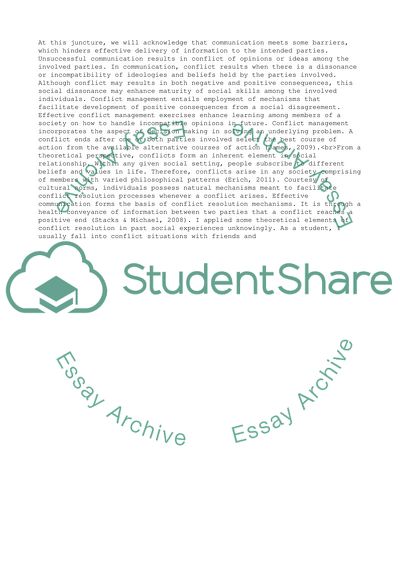Cite this document
(“Communication, Conflict and Decision-Making Essay”, n.d.)
Communication, Conflict and Decision-Making Essay. Retrieved from https://studentshare.org/management/1596121-communication-conflict-and-decision-making
Communication, Conflict and Decision-Making Essay. Retrieved from https://studentshare.org/management/1596121-communication-conflict-and-decision-making
(Communication, Conflict and Decision-Making Essay)
Communication, Conflict and Decision-Making Essay. https://studentshare.org/management/1596121-communication-conflict-and-decision-making.
Communication, Conflict and Decision-Making Essay. https://studentshare.org/management/1596121-communication-conflict-and-decision-making.
“Communication, Conflict and Decision-Making Essay”, n.d. https://studentshare.org/management/1596121-communication-conflict-and-decision-making.


